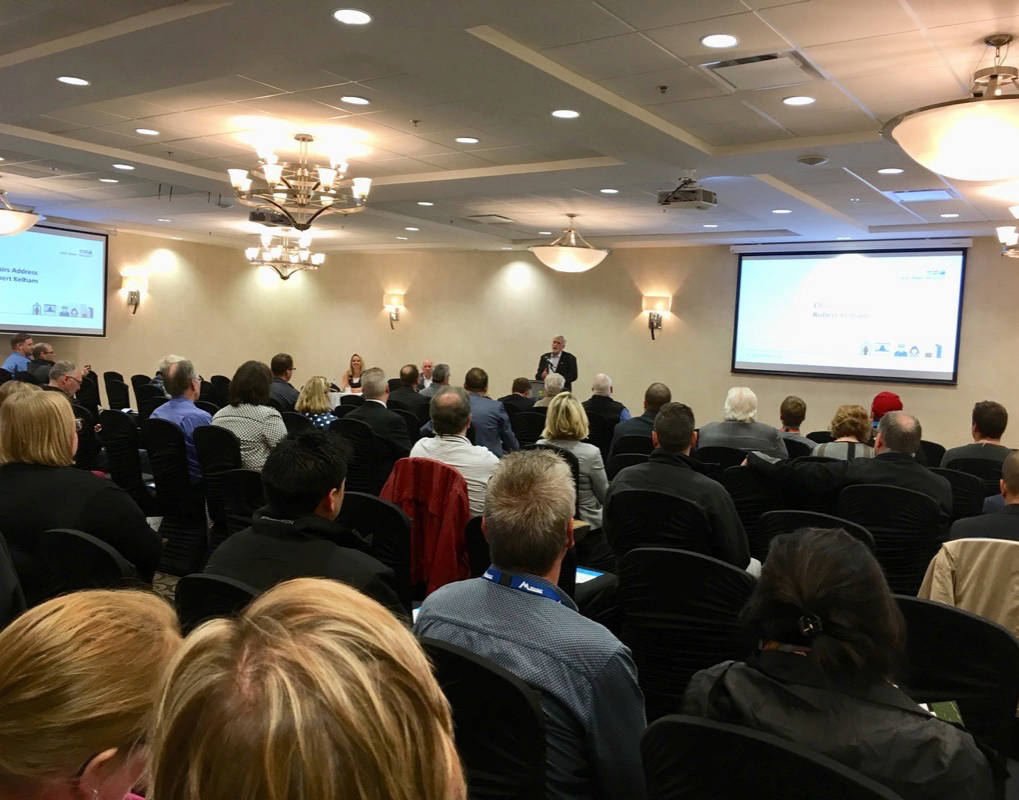Local residents, business owners and stakeholders were brought up to date on operations at the Red Deer Airport during the annual general meeting May 10th.
A key part of that is bringing onboard ultra low-cost carriers to further bolster business at the site.
“2017 – without a doubt, it was a fantastic year,” said Graham Ingham, CEO of Red Deer Airport. “It was a record year both operationally as well as financially. Operating revenue was up 10 per cent and that is quite remarkable considering the real downturn that we’ve all experienced in the economy,” he said.
“As well, we saw a drastic increase in charter traffic which was totally unexpected. It was totally unexpected and certainly a nice present for 2017.”
Also of note – there were 65,000 take-offs and landings at Red Deer Airport last year, mainly comprised of flight training. But that number lands Red Deer in the spot of being the fourth busiest airport in Alberta. “That’s pretty impressive.
“We also completed a new three-year strategic business plan that reviewed the mission, values and goals among other things with the board of directors in 2017. And speaking of vision, we did make a very subtle yet very important change to our vision in that we really are expecting to be a key economic driver for not only Red Deer but all of Central Alberta.
“Right now, we are a relatively small airport but we have big aspirations – those aspirations include pursuing opportunities that will bring job creation – hundreds of jobs hopefully.”
These would fall in line with the types of business the board hopes to attract to the airport as well, he said.
“We have a tremendous amount of access thanks to the Red Deer College to fill those jobs when they become available internally with people that live right here in Central Alberta as well.”
There is also a focus on economic diversification.
“Given the right strategy and plan, airports are capable of attracting a lot of different businesses.”
As mentioned, Ingham also spoke about expansion of services in terms of bringing new ultra low-cost airlines onboard.
These include such potential partners such as Enerjet and Jetlines, for example.
“I mention these two because they are the only two carriers that have expressed real interest in making the Red Deer Airport a big part of their business model moving forward,” he said.
Ingham said he hopes to see ultra low-cost carriers coming through Red Deer by 2019.
“It’s certainly part of the future of the airport.”
The Red Deer Airport has access to a population of 2.8 million within a 200 km radius and is perfectly situated between Calgary and Edmonton, according to data from the Airport.
The potential is striking as it can also provide cargo delivery within 24 hours to more than 50 million customers.
Another key feature – there is also 200 acres of land available for development, said Ingham.



